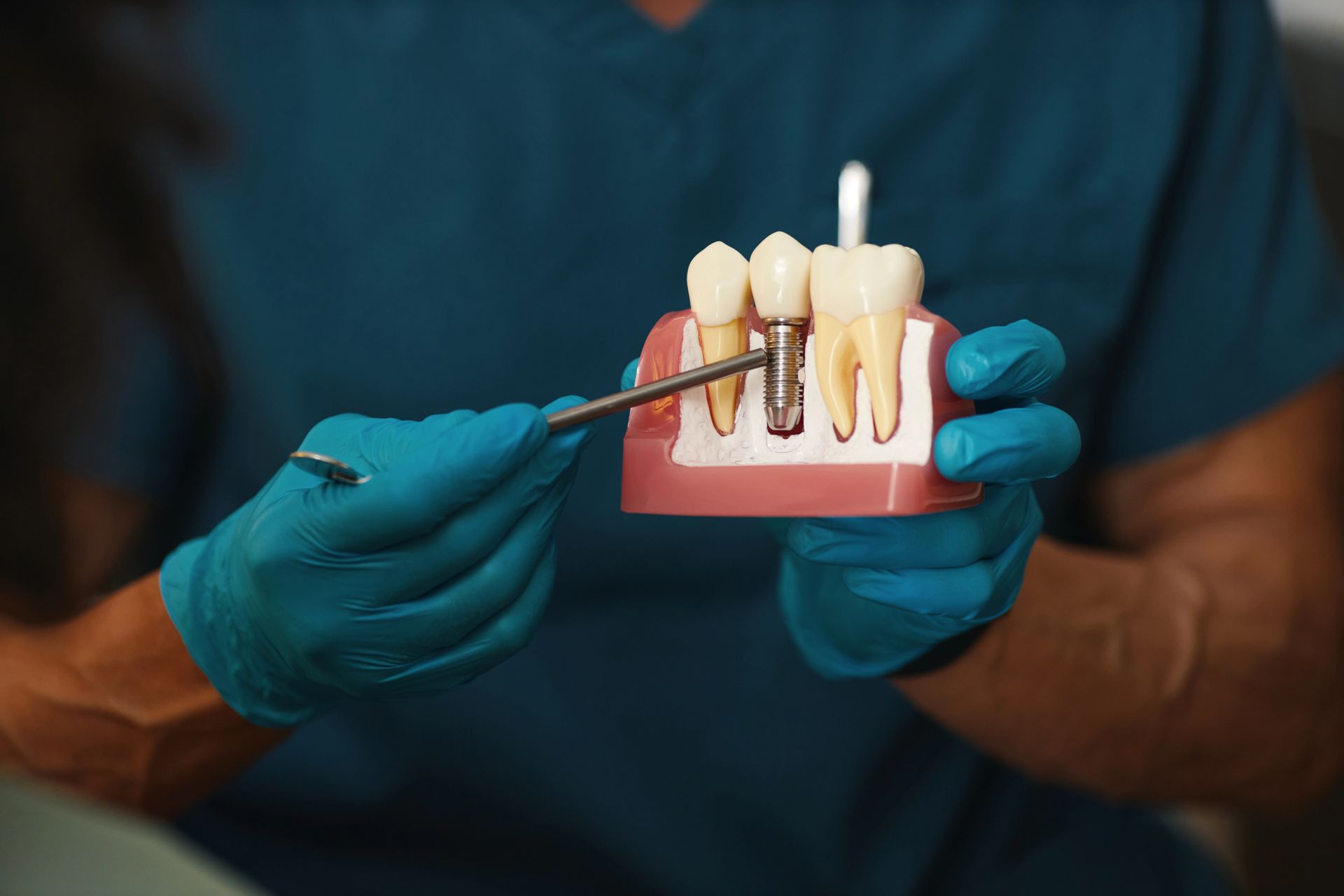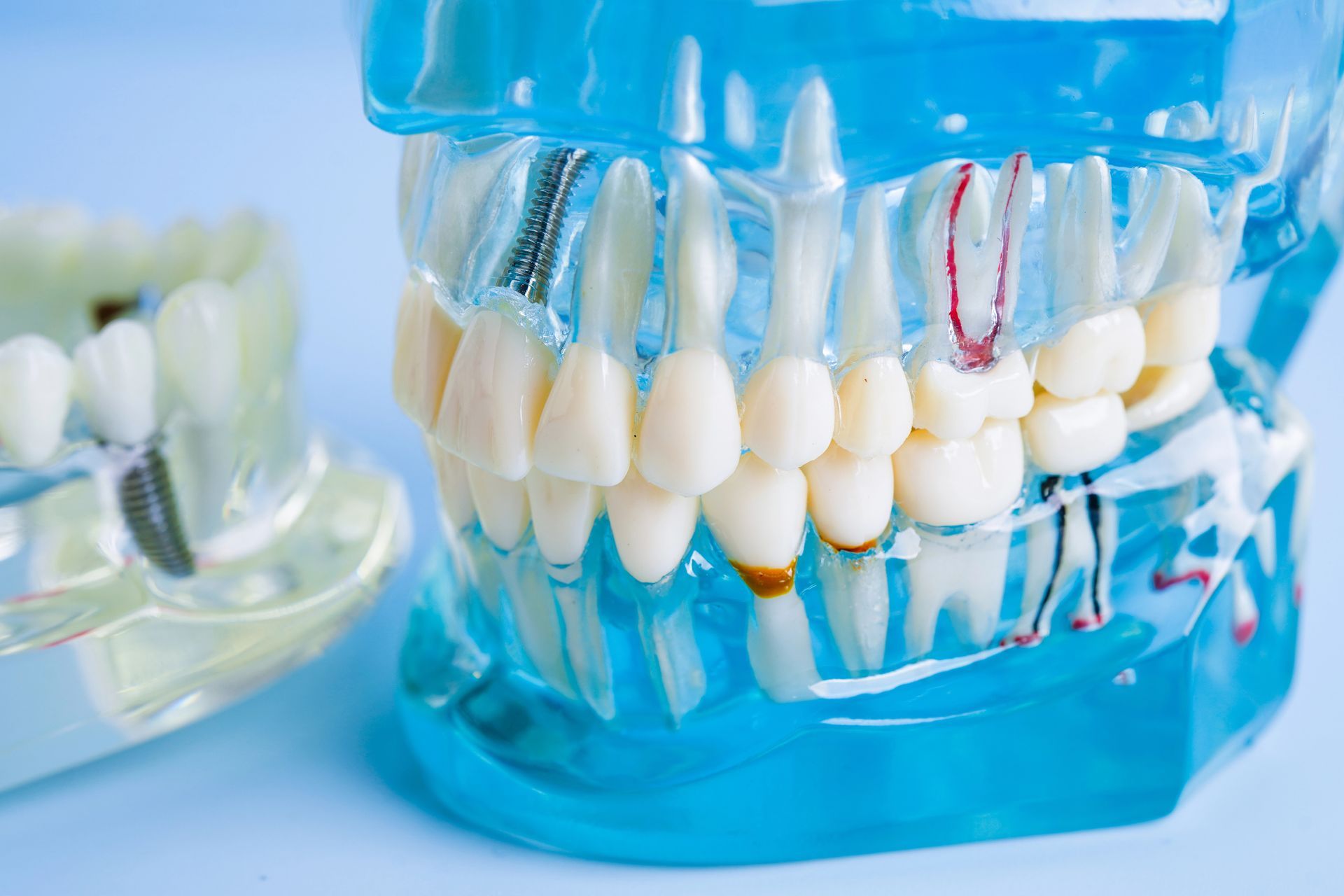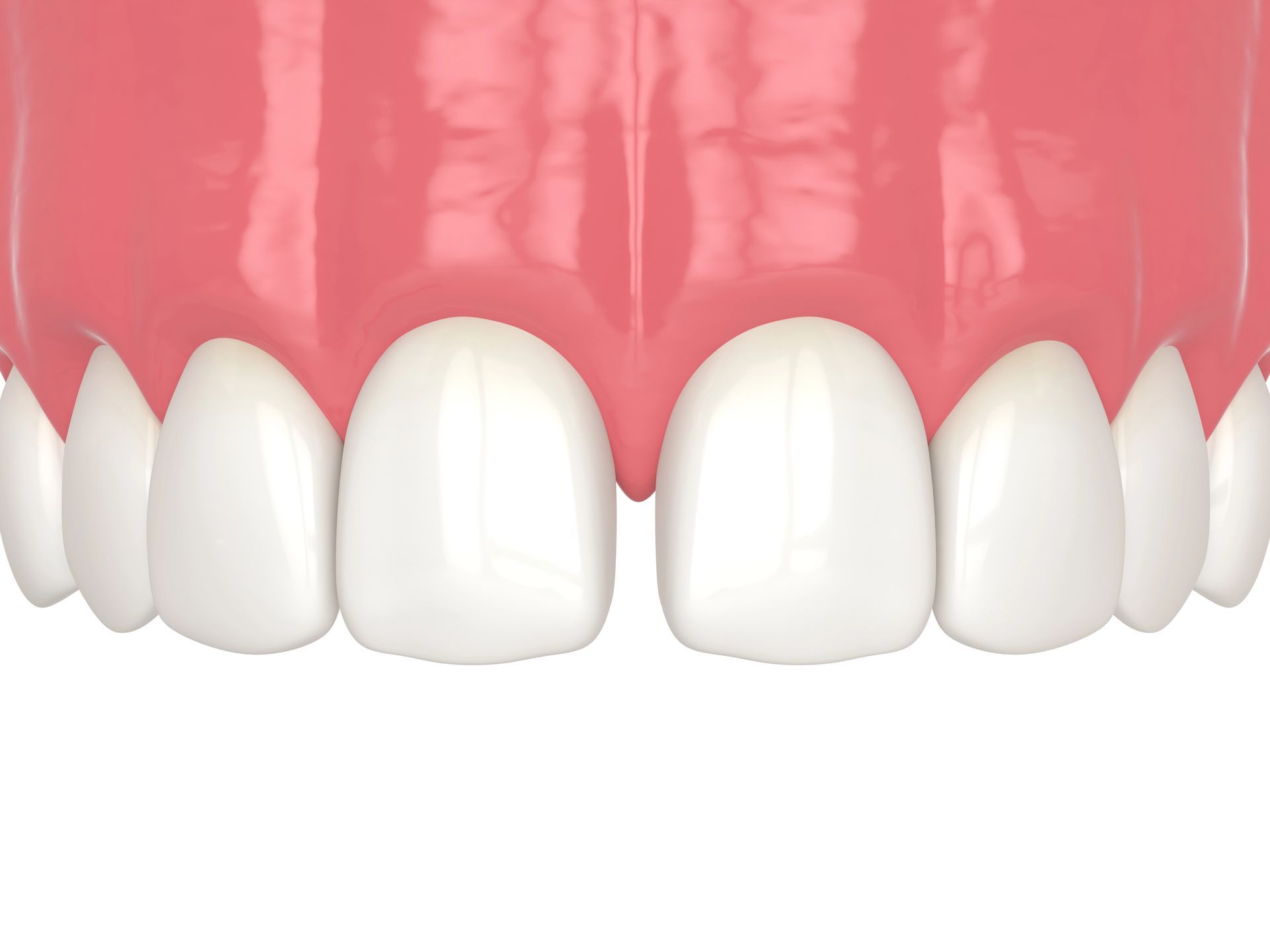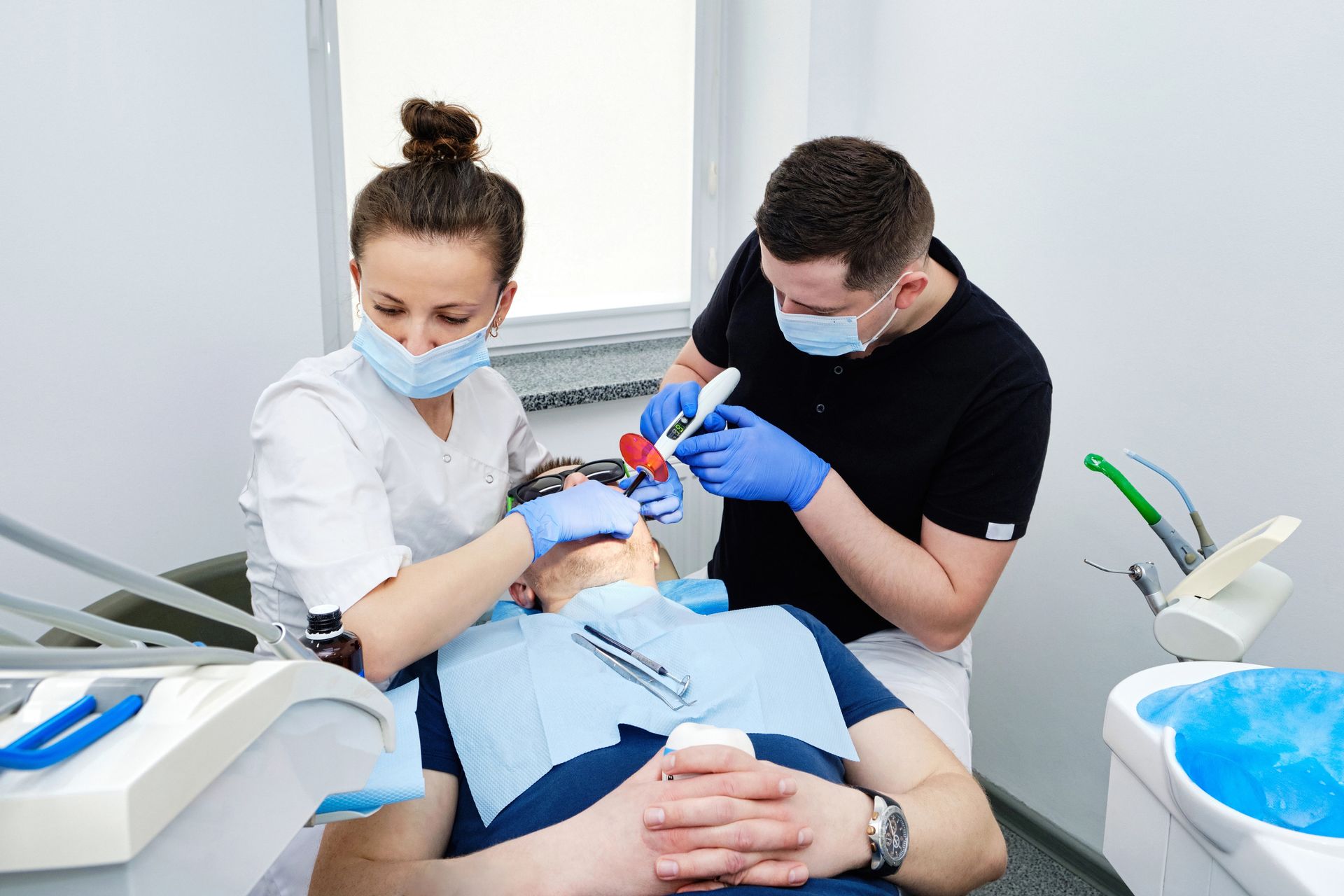Dental fillings generally last between 5 and 15 years, depending on factors such as the material used, oral hygiene habits, and individual circumstances. Regular dental check-ups are essential to monitor their condition and ensure they remain effective.
Longevity of Dental Fillings
The lifespan of a dental filling varies based on the material used:
- Amalgam Fillings: Durable and often used for back teeth, lasting 10 to 15 years or more.
- Composite Fillings: Aesthetic and tooth-colored, typically lasting 5 to 7 years.
- Gold Fillings: Highly durable, often exceeding 15 years with proper care.
- Ceramic Fillings: Natural-looking and resistant to staining, with a long lifespan.
Understanding the differences in materials helps in making informed decisions about dental care.
Factors Affecting Filling Longevity
Several factors influence the lifespan of dental fillings:
- Material Used: Different materials have varying levels of durability.
- Filling Location: Fillings in high-pressure areas, such as molars, may wear down faster.
- Oral Hygiene: Regular brushing and flossing help prevent decay around fillings.
- Diet: Sugary or acidic foods can accelerate wear and tear.
Practicing good oral hygiene and maintaining a balanced diet can help extend the life of fillings.
Average Lifespan of Fillings
On average, dental fillings last as follows:
- Amalgam Fillings: 10 to 15 years.
- Composite Fillings: 5 to 7 years.
- Gold Fillings: 15 years or more.
- Ceramic Fillings: Often over 15 years with proper care.
Regular dental check-ups ensure fillings are monitored and replaced as needed.
Signs of Filling Wear
Common indicators of worn fillings include:
- Sensitivity to hot or cold foods.
- Changes in the texture of the filling.
- Visible cracks or chips.
- Discomfort when chewing.
If these symptoms occur, consulting a dentist promptly is essential to prevent further complications.
Impact of Oral Hygiene
Good oral hygiene significantly affects the longevity of dental fillings. Brushing and flossing regularly help reduce decay and plaque buildup around the edges of fillings, maintaining their effectiveness over time.
Role of Diet on Fillings
Diet plays a key role in the durability of dental fillings:
- Harmful Foods: Sugary and acidic foods can erode fillings faster.
- Beneficial Choices: A balanced diet supports overall oral health and filling integrity.
Being mindful of dietary choices helps preserve the condition of dental fillings.
Regular Dental Check-Ups Importance
Routine dental check-ups are vital for maintaining the health of dental fillings. Dentists can identify early signs of wear or damage, ensuring timely replacements and preventing further issues.
Filling Material Durability
Different filling materials offer varying levels of durability:
- Amalgam: Strong and long-lasting.
- Composite Resin: Aesthetic but shorter lifespan.
- Gold: Exceptionally durable and resistant to wear.
- Ceramic: Both durable and visually appealing.
Choosing the right material based on individual needs ensures optimal performance and longevity.
Common Filling Replacement Reasons
Fillings may need replacement due to:
- Cracks or chips caused by chewing pressure.
- Separation of the filling from the tooth, creating gaps.
- Further decay or damage to the surrounding tooth structure.
Regular evaluations help identify when replacements are necessary.
Conclusion
Understanding the factors that influence the longevity of dental fillings helps maintain a healthy smile. For more information, feel free to call 803-573-4577.










